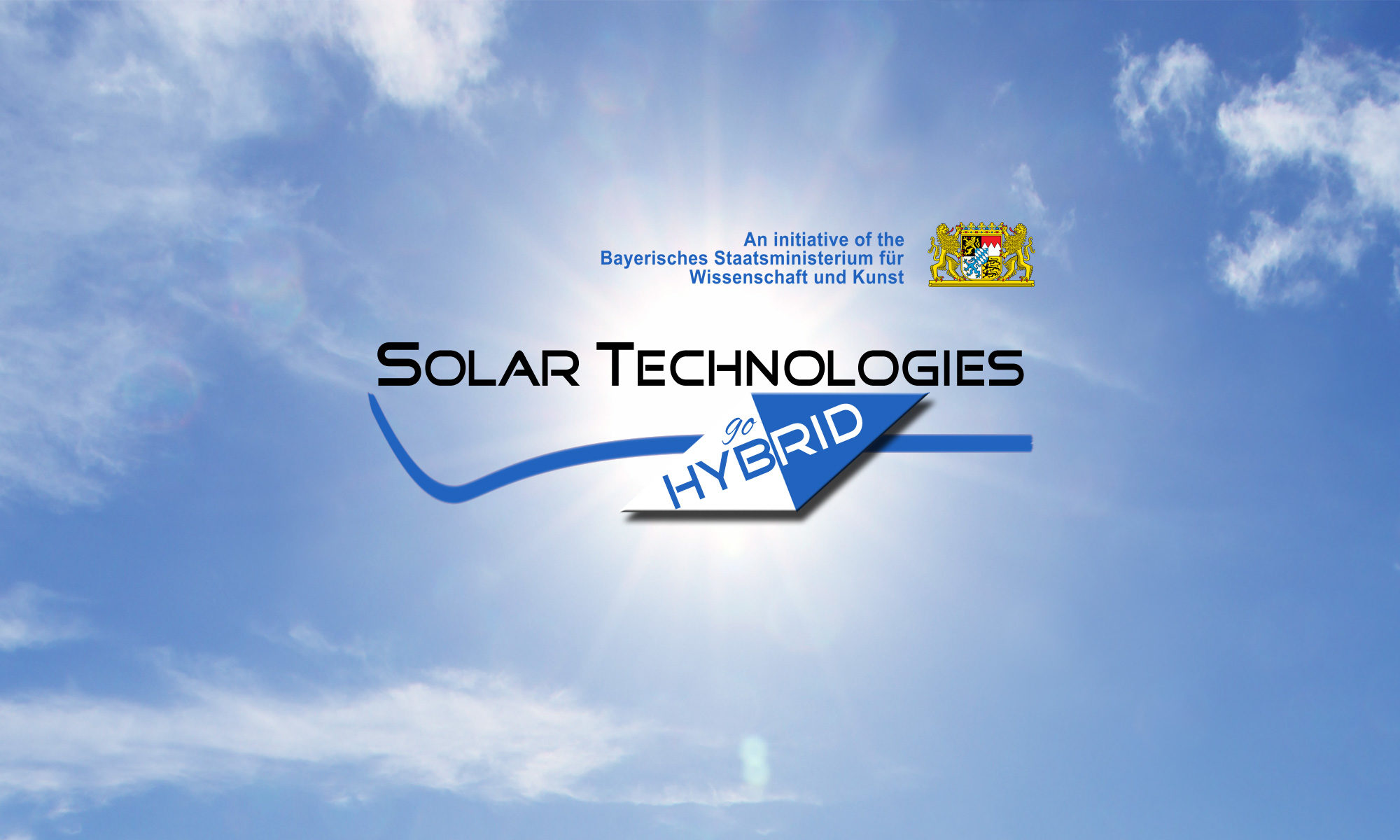Search references:
| 1. | Yang, Dan; Löhrer, Franziska C; Körstgens, Volker; Schreiber, Armin; Cao, Bing; Bernstorff, Sigrid; Müller-Buschbaum, Peter: In Operando GISAXS and GIWAXS Stability Study of Organic Solar Cells Based on PffBT4T-2OD:PC71BM with and without Solvent Additive. In: Advanced Science, 7 (16), pp. 2001117, 2020. (Type: Journal Article | Abstract | Links | BibTeX) @article{Yang2020a, title = {In Operando GISAXS and GIWAXS Stability Study of Organic Solar Cells Based on PffBT4T-2OD:PC71BM with and without Solvent Additive}, author = {Dan Yang and Franziska C Löhrer and Volker Körstgens and Armin Schreiber and Bing Cao and Sigrid Bernstorff and Peter Müller-Buschbaum}, url = {https://onlinelibrary.wiley.com/doi/abs/10.1002/advs.202001117}, doi = {https://doi.org/10.1002/advs.202001117}, year = {2020}, date = {2020-01-01}, journal = {Advanced Science}, volume = {7}, number = {16}, pages = {2001117}, abstract = {Abstract Solvent additives are known to modify the morphology of bulk heterojunction active layers to achieve high efficiency organic solar cells. However, the knowledge about the influence of solvent additives on the morphology degradation is limited. Hence, in operando grazing-incidence small and wide angle X-ray scattering (GISAXS and GIWAXS) measurements are applied on a series of PffBT4T-2OD:PC71BM-based solar cells prepared without and with solvent additives. The solar cells fabricated without a solvent additive, with 1,8-diiodoctane (DIO), and with o-chlorobenzaldehyde (CBA) additive show differences in the device degradation and changes in the morphology and crystallinity of the active layers. The mesoscale morphology changes are correlated with the decay of the short-circuit current Jsc and the evolution of crystalline grain sizes is codependent with the decay of open-circuit voltage Voc. Without additive, the loss in Jsc dominates the degradation, whereas with solvent additive (DIO and CBA) the loss in Voc rules the degradation. CBA addition increases the overall device stability as compared to DIO or absence of additive.}, keywords = {}, pubstate = {published}, tppubtype = {article} } Abstract Solvent additives are known to modify the morphology of bulk heterojunction active layers to achieve high efficiency organic solar cells. However, the knowledge about the influence of solvent additives on the morphology degradation is limited. Hence, in operando grazing-incidence small and wide angle X-ray scattering (GISAXS and GIWAXS) measurements are applied on a series of PffBT4T-2OD:PC71BM-based solar cells prepared without and with solvent additives. The solar cells fabricated without a solvent additive, with 1,8-diiodoctane (DIO), and with o-chlorobenzaldehyde (CBA) additive show differences in the device degradation and changes in the morphology and crystallinity of the active layers. The mesoscale morphology changes are correlated with the decay of the short-circuit current Jsc and the evolution of crystalline grain sizes is codependent with the decay of open-circuit voltage Voc. Without additive, the loss in Jsc dominates the degradation, whereas with solvent additive (DIO and CBA) the loss in Voc rules the degradation. CBA addition increases the overall device stability as compared to DIO or absence of additive. |
References (last update: Sept. 23, 2024):
2020 |
Yang, Dan; Löhrer, Franziska C; Körstgens, Volker; Schreiber, Armin; Cao, Bing; Bernstorff, Sigrid; Müller-Buschbaum, Peter In Operando GISAXS and GIWAXS Stability Study of Organic Solar Cells Based on PffBT4T-2OD:PC71BM with and without Solvent Additive Journal Article Advanced Science, 7 (16), pp. 2001117, 2020. Abstract | Links | BibTeX | Tags: crystallinity, degradation, in operando, organic photovoltaics, solvent additives @article{Yang2020a, title = {In Operando GISAXS and GIWAXS Stability Study of Organic Solar Cells Based on PffBT4T-2OD:PC71BM with and without Solvent Additive}, author = {Dan Yang and Franziska C Löhrer and Volker Körstgens and Armin Schreiber and Bing Cao and Sigrid Bernstorff and Peter Müller-Buschbaum}, url = {https://onlinelibrary.wiley.com/doi/abs/10.1002/advs.202001117}, doi = {https://doi.org/10.1002/advs.202001117}, year = {2020}, date = {2020-01-01}, journal = {Advanced Science}, volume = {7}, number = {16}, pages = {2001117}, abstract = {Abstract Solvent additives are known to modify the morphology of bulk heterojunction active layers to achieve high efficiency organic solar cells. However, the knowledge about the influence of solvent additives on the morphology degradation is limited. Hence, in operando grazing-incidence small and wide angle X-ray scattering (GISAXS and GIWAXS) measurements are applied on a series of PffBT4T-2OD:PC71BM-based solar cells prepared without and with solvent additives. The solar cells fabricated without a solvent additive, with 1,8-diiodoctane (DIO), and with o-chlorobenzaldehyde (CBA) additive show differences in the device degradation and changes in the morphology and crystallinity of the active layers. The mesoscale morphology changes are correlated with the decay of the short-circuit current Jsc and the evolution of crystalline grain sizes is codependent with the decay of open-circuit voltage Voc. Without additive, the loss in Jsc dominates the degradation, whereas with solvent additive (DIO and CBA) the loss in Voc rules the degradation. CBA addition increases the overall device stability as compared to DIO or absence of additive.}, keywords = {crystallinity, degradation, in operando, organic photovoltaics, solvent additives}, pubstate = {published}, tppubtype = {article} } Abstract Solvent additives are known to modify the morphology of bulk heterojunction active layers to achieve high efficiency organic solar cells. However, the knowledge about the influence of solvent additives on the morphology degradation is limited. Hence, in operando grazing-incidence small and wide angle X-ray scattering (GISAXS and GIWAXS) measurements are applied on a series of PffBT4T-2OD:PC71BM-based solar cells prepared without and with solvent additives. The solar cells fabricated without a solvent additive, with 1,8-diiodoctane (DIO), and with o-chlorobenzaldehyde (CBA) additive show differences in the device degradation and changes in the morphology and crystallinity of the active layers. The mesoscale morphology changes are correlated with the decay of the short-circuit current Jsc and the evolution of crystalline grain sizes is codependent with the decay of open-circuit voltage Voc. Without additive, the loss in Jsc dominates the degradation, whereas with solvent additive (DIO and CBA) the loss in Voc rules the degradation. CBA addition increases the overall device stability as compared to DIO or absence of additive. |
